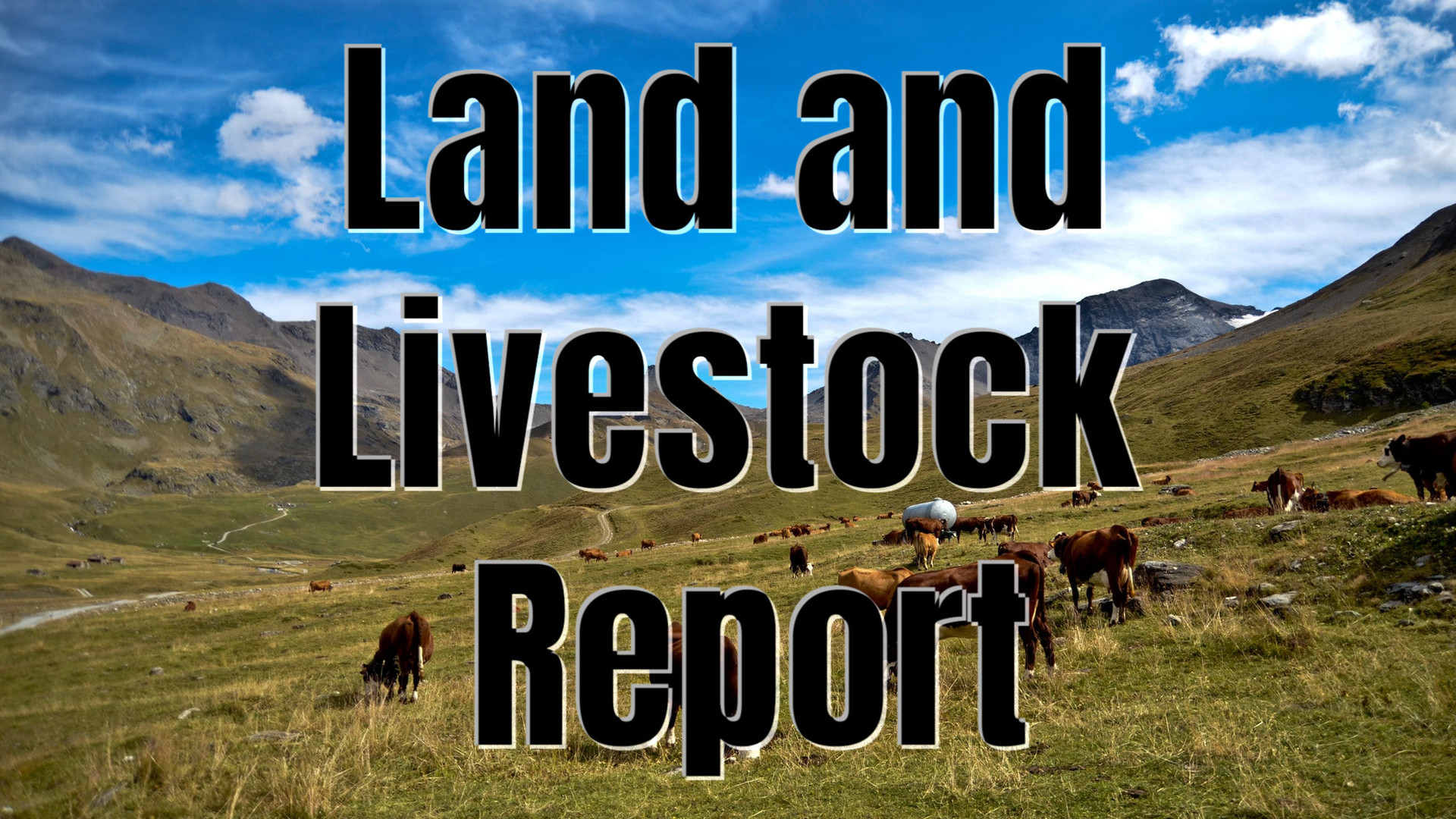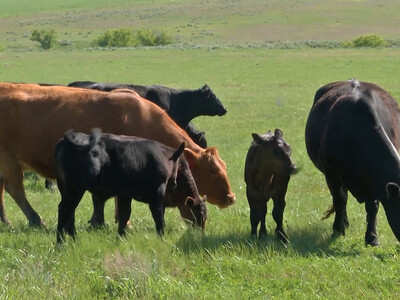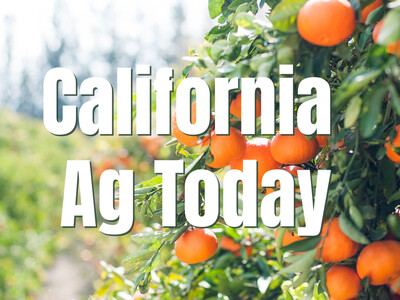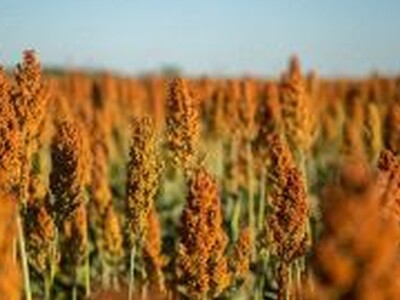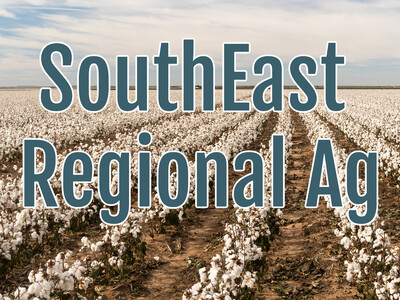Excitement Surrounds Growing Consumer Demand for Pulses
Grocery shoppers may not realize, but some of their favorite foods are actually made from pulse crops grown in the Northern Plains and growing consumer demand for pulses has both some farmers and grocery stores excited.Farmers in Montana and North Dakota produce more than 85 percent of the United States pulse crops, which include dry peas, lentils and chickpeas.
Brian Gion is the Marketing Director for the Northern Pulse Growers Association and he said they're working with grocery stores on educating consumers about available products containing pulses that can fit into their everyday menus.
"We have people who are gluten intolerant so there's products like that," said Gion. "We also have products that contain extra plant-based protein. We have pasta that has durum in it, but also has pea, chickpea, and lentil flour in there. So, it's a little better for you, tastes good, and is pretty exciting."
Grocery stores agree. Dan Sloan is an Albertsons store director in Billings and said they're seeing more products on their shelves contain pulses.
"With the pulse growers coming to us and asking us to be part of this it's a great time for farmers and ranchers and grocery stores to come together and really help the public understand a little bit more about what pulse products are," said Sloan.
Pulse crops are considered to be nutritional powerhouses, which are loaded with plant-based protein, fiber, vitamins and minerals which make them a consumer favorite. Even pulse growers are excited about just how many food products are made from pulses.
"In 2016 we had about 1,100 new products and in 2017 we had about 1,200 new products and we're seeing more and more," Gion said.
Sloan said products made from pulse crops are especially important to their customers who have strict dietary restrictions because of illnesses like Celiac disease who aren't able to eat products that contain gluten.
"We have to better at what we do to supply to those people who have certain diseases that aren't able to eat those things," said Sloan. "So, whether it be milk or in beans or stuff like this that are gluten free now, for the public to be able to eat it's a great thing."
Gion added the versatility of pulses has everyone excited about the possibilities that go beyond a simple bowl of soup.
"You don't have to just make split pea soup," said Gion. "You just don't have to have soups all the time or chili. You can make lentil brownies, lentil pizza, and all different kinds because we have chickpea flours and that. It really comes back to is just showing what's available and the versatility of all these things."
If you're wanting to add more pulses into your diet, with the help of organizations like the Northern Pulse Growers Association, local grocery stores like Albertsons are doing exactly that and putting more food products on their shelves that contain pulses grown by farmers in our region.
For additional nutritional information and recipes involving pulses, visit the Northern Pulse Growers Association at www.northernpulse.org.
To watch the video version of this story click this You Tube link: https://youtu.be/H5US9VTh3Ok.


